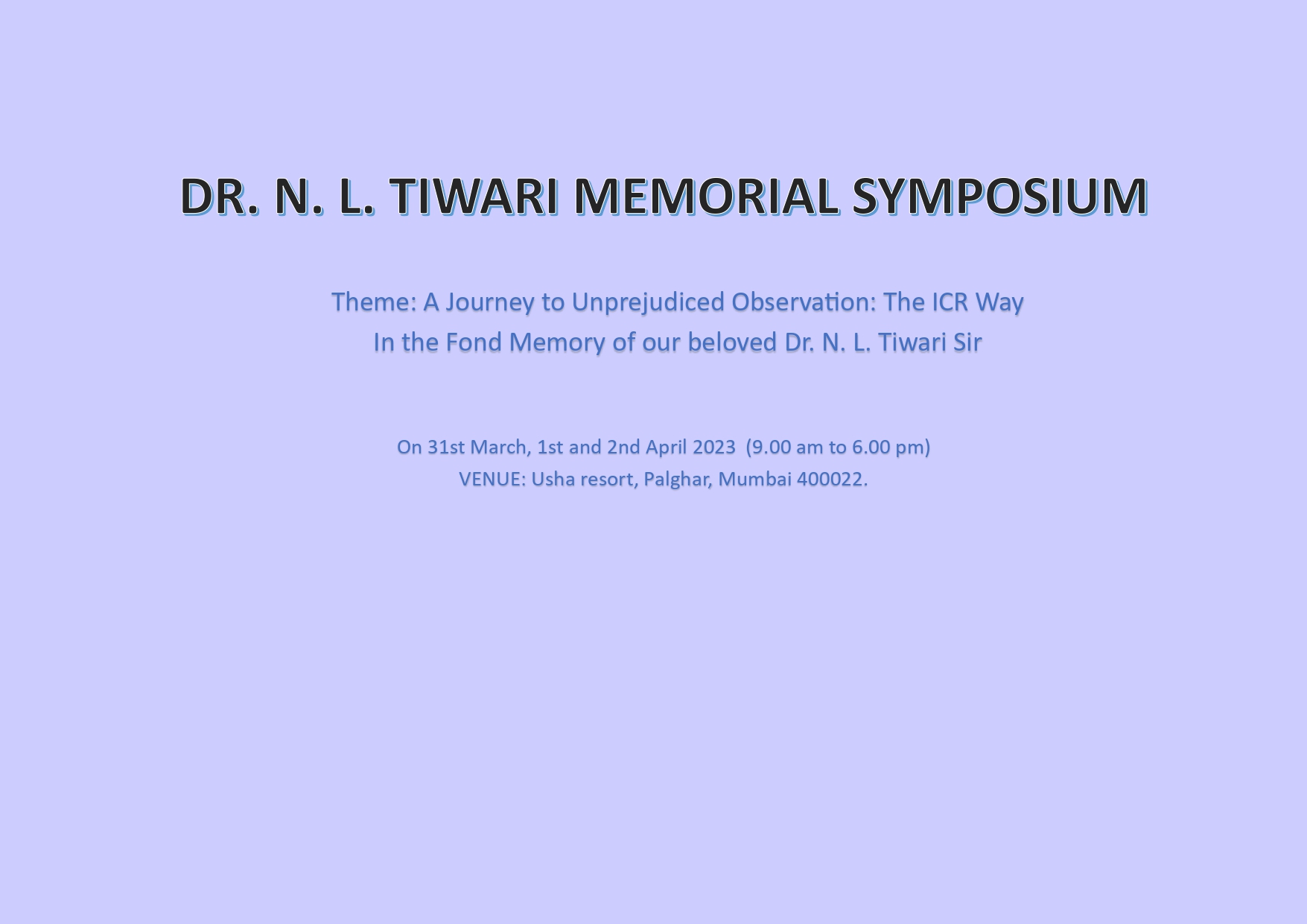Introduction
We homoeopaths do experience results – miraculous, average as well as failures. Good results places us on “cloud 9”! And we progressively enter the abyss as our failures mount! Seldom in our routine practice do we consciously explore and understand why we succeed…and why we do not. Is it important to know the why & how of results-good, bad and indifferent? The simple answer –is – yes, if we wish to replicate the good results and correct ourselves so as not to repeat the failures.Success/failure in homoeopathic practice may be attributed to several processes. A sensitive clinician would question oneself thus:
-
- Did I receive the patient with empathy? Which allowed her/him to share fully? As Tiwari sir would say did we ‘listen’ to the patient? Or merely ‘heard’ him out?
- Did I understand the problem/s comprehensively? At the clinical and personal level?
- Did I strike the right correlations between the mind and the body? Between the common and the characteristic symptoms? Between the Generals and the Particulars?
- Was I able to spot the Fundamental and Dominant miasm accurately?
- Was the totality I erected representing the patient completely?
- Were the processes (repertorial/non-repertorial) I employed to locate the similimum in line with the demands of the totality?
- Did I refer to the correct sources of Materia Medica?
- Did I assess the susceptibility/sensitivity adequately to arrive at the required posology?
- Did I employ the remedial forces as required during the course of treatment?
…..and so on. The list may be continued in as much detail as needed. It is important to note that I must have an ability to reflect, analyse and learn from my experience of success as well as failure. That would enable me to understand my strengths and weaknesses and ensure that I use the former to take me forward and take care of the latter which will obstruct me. Tiwari sir’s maximum emphasis was in this process of knowing oneself and cultivating the internal observer and a very frequent reference to the article of “The medical observer” from the Materia Medica Pura. In the process is it possible for us to understand the concept of unprejudiced observer as given by Master Hahnemann and in process know thyself?
Methodology
Dr. M L Dhawale sir has provided us with a method to investigate our clinical actions and results so that we come face to face with the factors responsible for our successes and failures. When we present these results, we gradually learn to be wise – initially after the event and later before.
This symposium is unique in that the journeys of six experienced physician-warriors will be shared. Each of them selected a case which showed convincing positive results. They explored the various processes used in their success trying to understand the salient points which guided them. They then shared their travel with trained supervisors who helped them to identify their blind spots! (Vehicle drivers are aware of this phenomena which can give rise to accidents!) The warriors thus understood that a ‘failure’ is hidden in their success as is success
in each failure. This is encapsulated in the well-known Yin-Yang symbol. Six cases highlighting different facets of clinical practice would be presented and discussed. The theme would be: How do we learn from practice?
The residential symposium in natural surroundings will help create a wonderful environment for free exchange of views and learning from each other.

